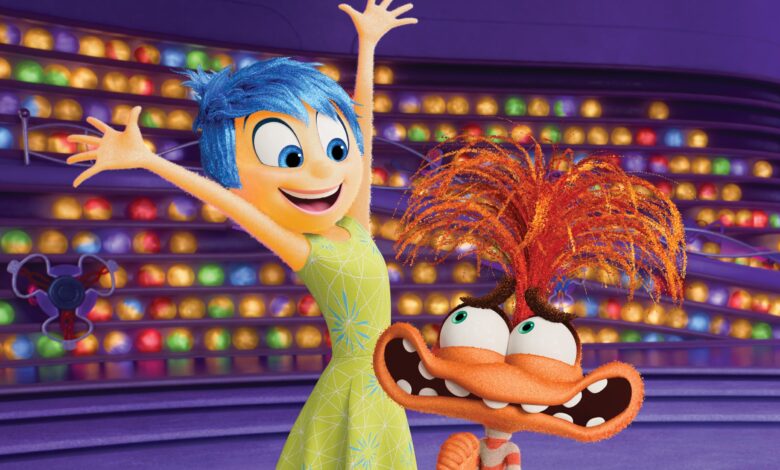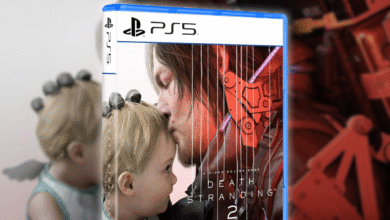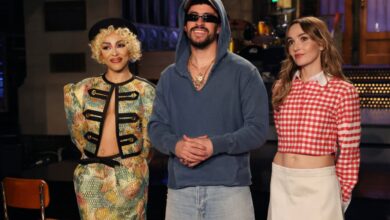Animated Feature Directors Reflect on the Challenge of Bringing Stories to Life: ‘Animation is Now Accessible to Everyone’

Regular moviegoers — and even some Academy members — often believe that directing an animated feature means standing over an artist’s shoulder and simply saying, “Draw this.” But the six directors selected for Variety’s third annual Pixels and Pencils series at this year’s SCAD Savannah Film Festival — Josh Cooley (“Transformers One”), Adam Elliot (“Memoir of a Snail”), Kelsey Mann (“Inside Out 2”), Morgan Neville (“Piece by Piece”), Chris Sanders (“The Wild Robot”) and Gints Zilbalodis (“Flow”) — want the industry to see animation directing on par with live-action work.
These auteurs reflect on their experiences shaping their films and their challenges in bringing animated stories to life.
Popular on Variety

‘Transformers One’
Josh Cooley (“Transformers One”)
Cooley’s passion for the “Transformers” franchise is evident in his origin story, which explores the relationship between Autobots Optimus and Megatron. The Oscar-winning animated director of “Toy Story 4” has been inspired by films like “Who Framed Roger Rabbit” and “The Red Turtle” throughout his life. He’s among the few POCs in this year’s animated feature race, but he remains optimistic about the future, much like the hero of his film, while still offering advice for everyone to follow.
“Filmmaking is now accessible to everyone, with technology allowing people to create movies even with their phones,” Cooley shares. “In animation, everything has to be designed and built from scratch. The goal is to create a believable world that engrosses viewers, even though nothing is real.”

‘Memoir of a Snail’
Courtesy of Annecy Animation Festival
Adam Elliot (“Memoir of a Snail”)
Elliot’s team took seven years to finish the stop-motion “Memoir of a Snail” on a shoestring budget. Despite financial constraints, the film’s painstaking opening shot — his homage to Scorsese’s long take in “Goodfellas” — took four weeks to complete. He calls the animation process meditative, though many see it as tedious. “Directing animation offers enormous creative freedom, allowing us to explore challenging subjects with complete control,” he says.

‘Inside Out 2’
Pixar
Kelsey Mann (“Inside Out 2”)
“Inside Out 2,” the highest-grossing animated feature in history, resonated globally, especially with Latino audiences, who are fueling 2024’s box office. Mann conquered the challenge of making a fresh sequel while staying true to the original’s emotional depth. With a third installment slated for 2028, Mann notes, “People want to see Riley’s life. How is she going to handle things in her 20s or 40s? That’s why people lean in.”
But for now, he’s enjoying the current success and happy for the atmosphere he created. “It’s essential that everyone is working toward the same goal, from designing a blade of grass to a skyscraper,” Mann explains. “A large part of my job is ensuring clear communication so that every creative decision supports the emotional intent of the story.”

‘Piece by Piece’
Courtesy of Focus Features
Morgan Neville (“Piece by Piece”)
Neville, an Oscar-winner for the documentary feature “20 Feet From Stardom,” embraced the animation process to tell the story of musician Pharrell Williams, using Lego as a visual medium — a suggestion from Williams himself. Overseeing exactly 1,563 shots, Neville balanced the real-life and animated elements to create a seamless narrative. “It was about embracing different team members’ ideas to create a more authentic visual narrative,” he says.
“Animation allowed us to capture the messiness of real life,” says Neville. “It empowers different team members to bring their ideas to the table, which creates a more authentic narrative.”

‘The Wild Robot’
DreamWorks Animation
Chris Sanders (“The Wild Robot”)
Sanders spent three-and-a-half years bringing “The Wild Robot” to life, crediting his talented crew and the compelling story. He praised Lupita Nyong’o’s performance, noting her distinctive talents, including adding personal touches, like her own handwriting, to the film. There is a freedom that animation offers today, but Sanders finds it vitally important to market a film truthfully to avoid misleading audiences.
“Directing animation involves coordinating various departments, from layout to animation, much like a live-action set, but in separate spaces,” says veteran animator Sanders. “If the work fulfills the needs of the story, even if it’s different from what I imagined, we move forward without micromanaging.”

‘Flow’
Janus Films/Sideshow
Gints Zilbalodis (“Flow”)
Writer, director and composer Zilbalodis, best-known for his solo work on “Away,” embraced the collaborative process for the first time with “Flow,” a dialogue-free film that leans heavily on visual storytelling. The small-team structure enabled direct, creative feedback and faster decision-making, something larger productions often struggle with.
“In our production, I wanted everyone to have input on whether it benefited the film,” Zilbalodis says. “Even if it meant more work for me.”


